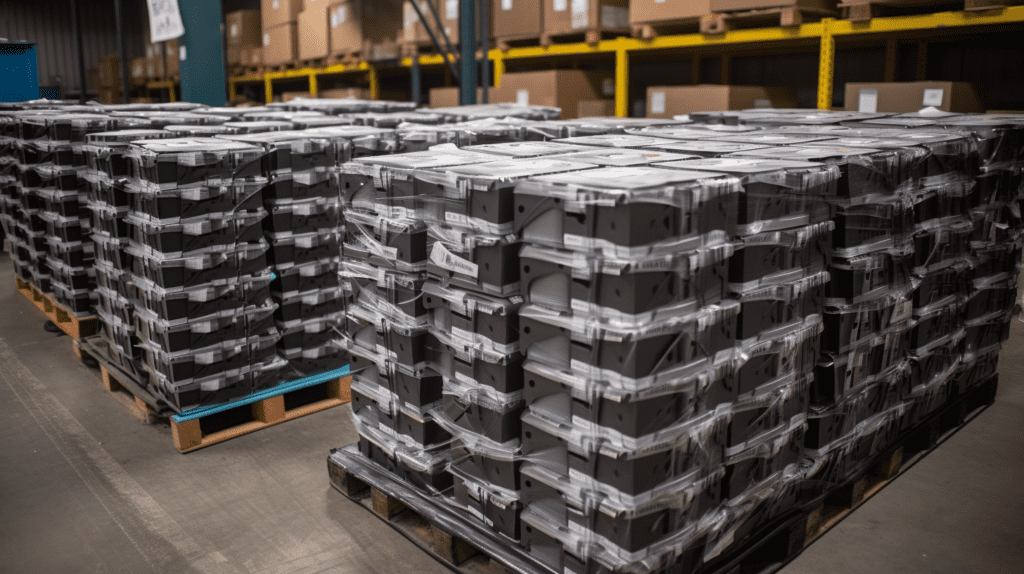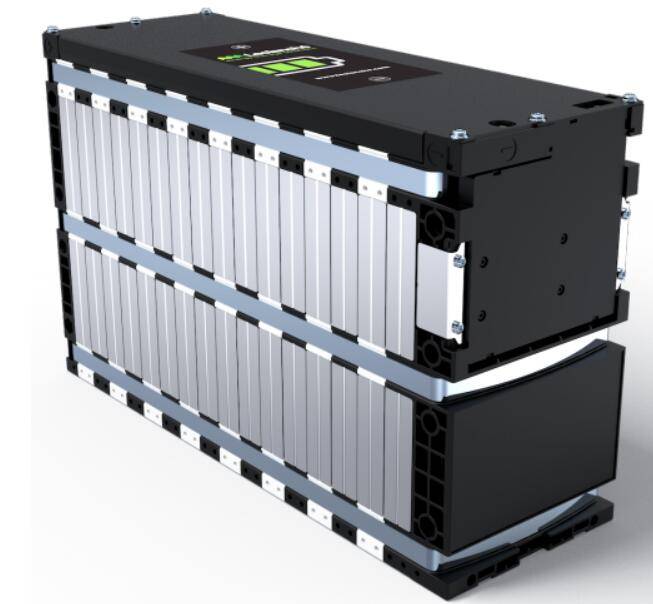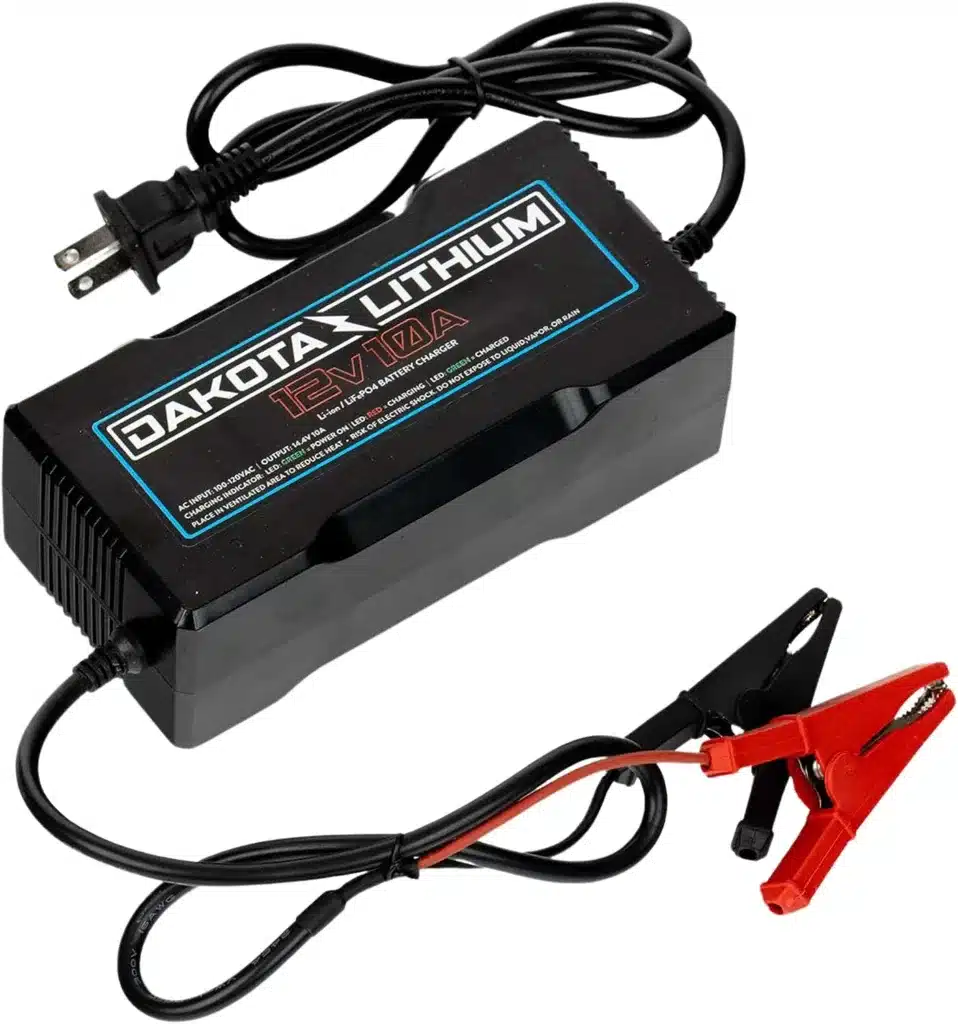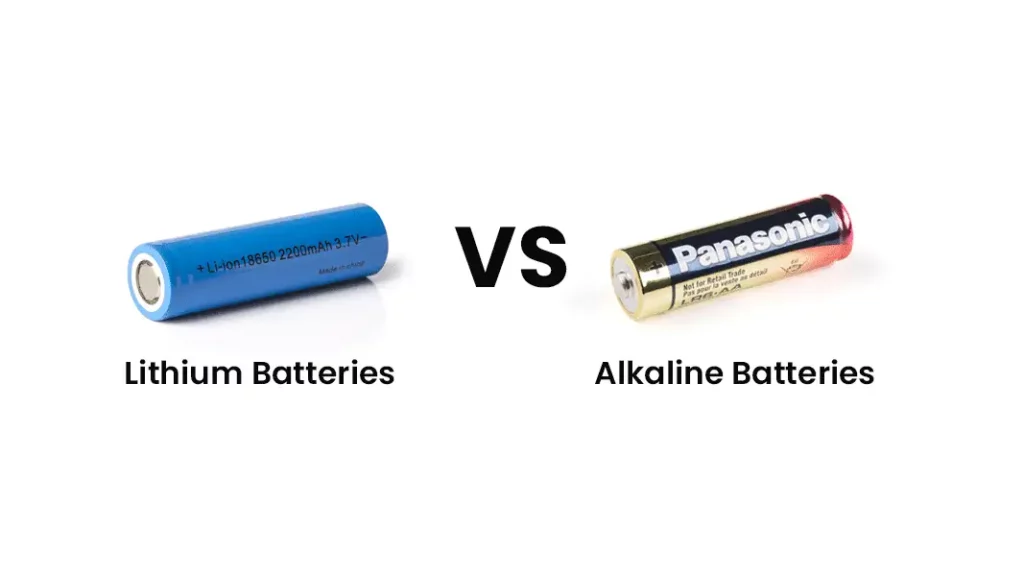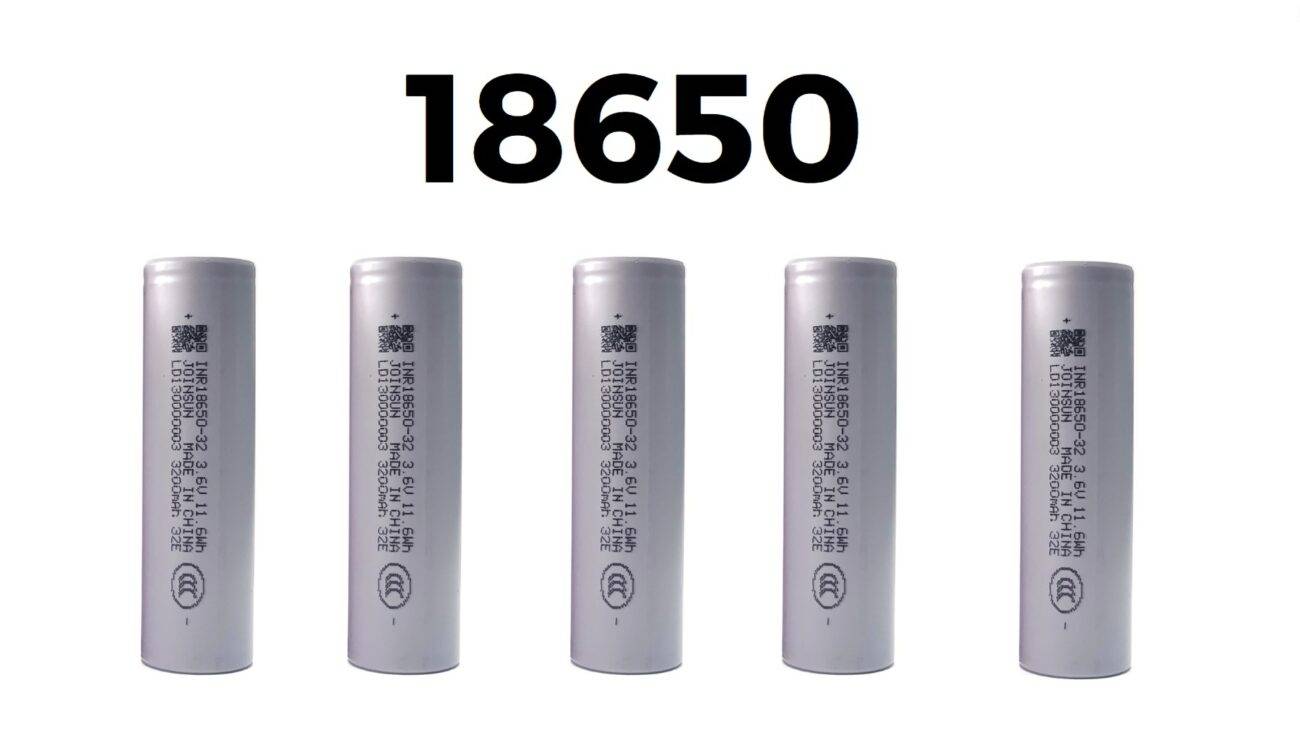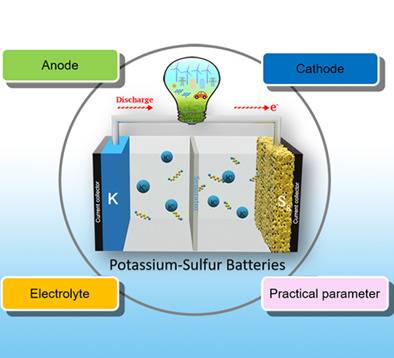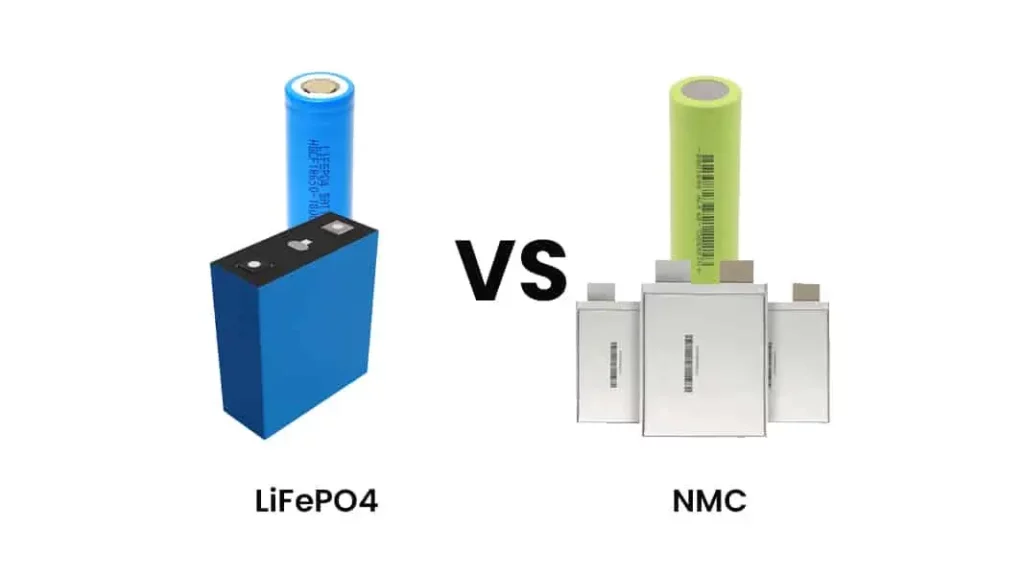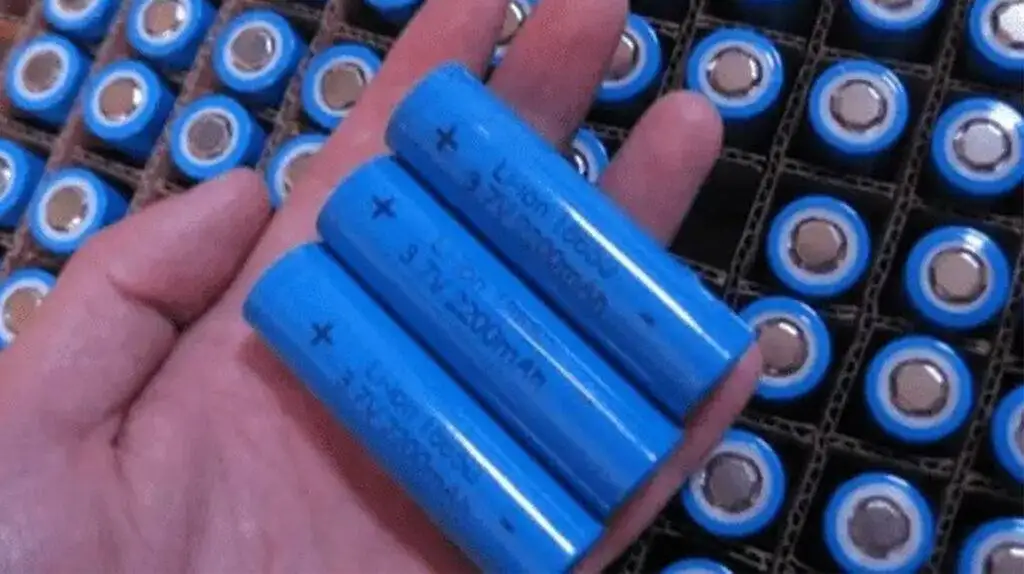Sodium batteries and lithium batteries each have unique characteristics that influence their applications and performance. Sodium-ion batteries generally offer lower energy density but have advantages in cost, safety, and environmental impact due to the abundance of sodium compared to lithium. Understanding these differences helps in selecting the appropriate battery technology for specific needs.
What is the energy density comparison between sodium and lithium batteries?
Energy density is a critical factor in battery performance, particularly for applications like electric vehicles (EVs). Sodium-ion batteries typically have an energy density ranging from 100 to 160 Wh/kg, while lithium-ion batteries can reach up to 250-300 Wh/kg. This means that for the same weight, lithium-ion batteries can store significantly more energy, making them more suitable for applications requiring high energy output.
Chart: Energy Density Comparison
| Battery Type | Energy Density (Wh/kg) |
|---|---|
| Sodium-Ion | 100 – 160 |
| Lithium-Ion | 250 – 300 |
How do sodium and lithium batteries differ in terms of cost?
Cost is another area where sodium-ion batteries have a significant advantage over their lithium counterparts. Sodium is abundant and inexpensive, leading to lower production costs for sodium-ion batteries, which can be three to four times cheaper than lithium-ion batteries. This cost-effectiveness makes sodium technology appealing for large-scale applications like grid storage.
Chart: Cost Comparison
| Battery Type | Estimated Cost per kWh |
|---|---|
| Sodium-Ion | $100 – $200 |
| Lithium-Ion | $300 – $700 |
What are the safety features of sodium batteries compared to lithium batteries?
Safety is a crucial consideration in battery technology. Sodium-ion batteries demonstrate higher safety levels than lithium-ion counterparts, as they are less prone to thermal runaway, fire, or explosion under extreme conditions. This enhanced safety profile makes them suitable for various applications where risks must be minimized.
How does the environmental impact of sodium batteries compare to lithium batteries?
The environmental impact of battery production varies significantly between these two types. Sodium-ion batteries utilize abundant materials with lower extraction impacts, while lithium mining can lead to ecological damage due to its limited availability and concentrated geographical sources. However, current production methods for sodium-ion may result in higher greenhouse gas emissions per unit energy due to larger quantities needed.
Chart: Environmental Impact Comparison
| Battery Type | Resource Availability | Greenhouse Gas Emissions |
|---|---|---|
| Sodium-Ion | High | Moderate |
| Lithium-Ion | Low | High |
What are the performance differences between sodium-ion and lithium-ion batteries?
Performance aspects such as charge/discharge rates and cycle life differ notably between these battery types. Sodium-ion cells typically exhibit faster ion mobility due to their larger ionic size but have shorter cycle lives compared to lithium cells, which can endure more charge-discharge cycles before significant capacity loss occurs.
In what applications are sodium batteries more suitable than lithium batteries?
Sodium-ion technology is particularly well-suited for large-scale energy storage solutions where weight and size constraints are less critical, such as grid storage or stationary applications. Conversely, lithium-ion technology excels in portable electronics and electric vehicles where high energy density is paramount.
Why is resource availability a significant factor for sodium and lithium batteries?
The availability of raw materials directly affects both cost and sustainability in battery production. Sodium is widely available from various natural sources, including seawater, making it a sustainable choice as demand increases. In contrast, lithium resources are geographically concentrated, leading to supply chain vulnerabilities that can affect pricing and availability.Latest News
Recent advancements in sodium battery technology have garnered attention as researchers explore its potential as a viable alternative to traditional lithium-based systems. Innovations aim at improving energy density while maintaining cost-effectiveness and safety advantages, particularly for large-scale energy storage solutions.Editor Comment
“Sodium-ion technology represents an exciting frontier in battery development,” states Dr. Mark Johnson, an expert in energy storage systems. “While it may not replace lithium in all applications immediately, its advantages in cost and safety make it a compelling option for specific uses, particularly in renewable energy integration.”
